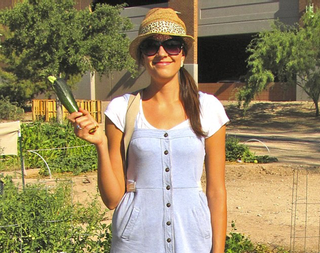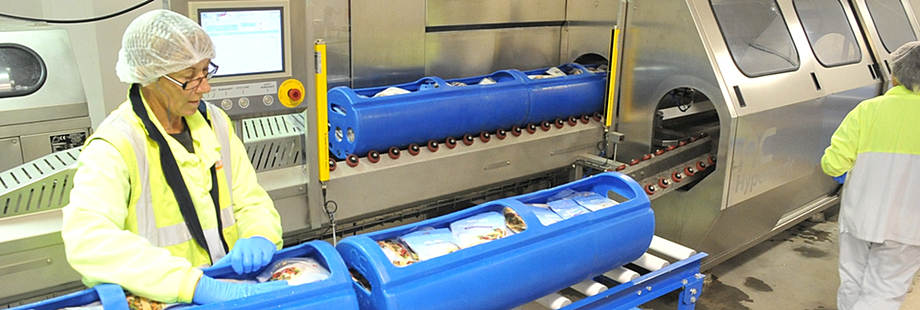
Podcast: Play in new window | Download (Duration: 20:08 — 14.1MB)
Subscribe: Google Podcasts | Spotify | Android | RSS | More
 Megan Kimble — that’s her on the left — is a young journalist in Tucson, Arizona. Back in 2012, she set out to stick it to the processed food man, by eating only unprocessed food for a year. Her book Unprocessed: My City-Dwelling Year of Reclaiming Real Food
Megan Kimble — that’s her on the left — is a young journalist in Tucson, Arizona. Back in 2012, she set out to stick it to the processed food man, by eating only unprocessed food for a year. Her book Unprocessed: My City-Dwelling Year of Reclaiming Real Food tells the whole story.
It’s odd that two books that have at their core the prevalence of processed food came out within a month of one another, but while Anastacia Marx de Selcado explains how it is that the US military came to occupy supermarket shelves, Megan Kimble simply wants nothing to do with processed foods. Her reasons boil down to taking control of what she eats and boosting the local economy. Along the way she discovers she can’t really do without chocolate, so she learns to make her own.

 Have you ever stopped to wonder what drives the incessant innovation in processed food? Who thought that an energy bar would be a good thing to exist? What was the logic that drove the development of the cheese-flavoured powder that coats so many snacks? Even instant coffee; why was that needed? The answer to all these questions, and many more, can be traced back to the US Army’s Natick Center, outside Boston, Massachusetts. That is where the Combat Feeding Directorate of the US army, with the help of academics and large food processing companies, designs the rations that sustain American soldiers and much of the rest of America and the world. Soldiers need rations that are lightweight, that don’t spoil over time, and that can withstand some pretty brutal handling. The rest of us pay for the same. Author Anastacia Marx de Selcado’s book Combat-Ready Kitchen, published in early August, lifts the lid on how the army has invaded almost all aspects of processed food.
Have you ever stopped to wonder what drives the incessant innovation in processed food? Who thought that an energy bar would be a good thing to exist? What was the logic that drove the development of the cheese-flavoured powder that coats so many snacks? Even instant coffee; why was that needed? The answer to all these questions, and many more, can be traced back to the US Army’s Natick Center, outside Boston, Massachusetts. That is where the Combat Feeding Directorate of the US army, with the help of academics and large food processing companies, designs the rations that sustain American soldiers and much of the rest of America and the world. Soldiers need rations that are lightweight, that don’t spoil over time, and that can withstand some pretty brutal handling. The rest of us pay for the same. Author Anastacia Marx de Selcado’s book Combat-Ready Kitchen, published in early August, lifts the lid on how the army has invaded almost all aspects of processed food.